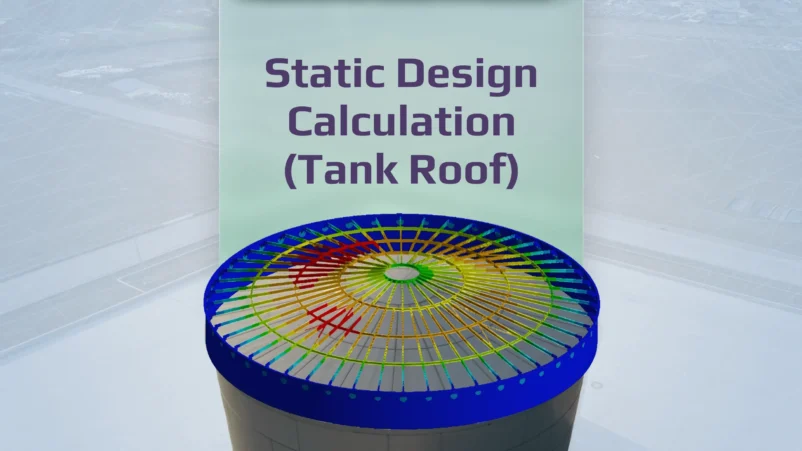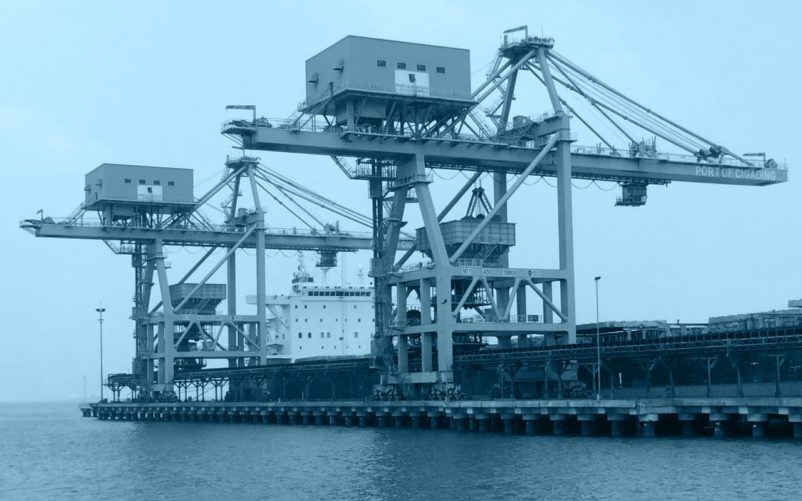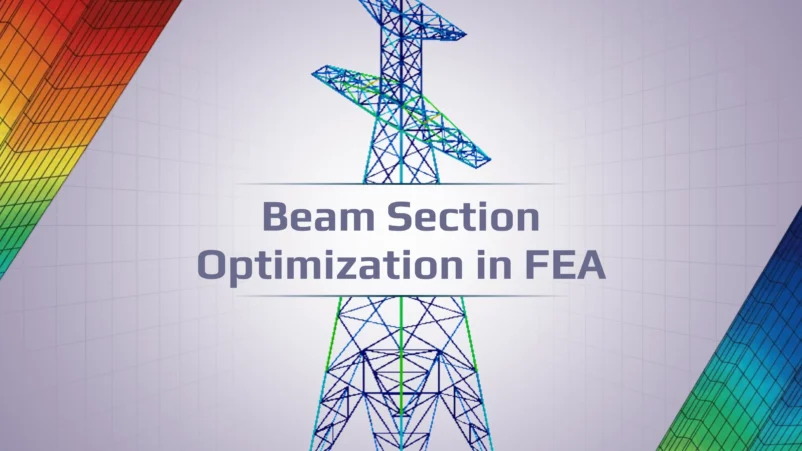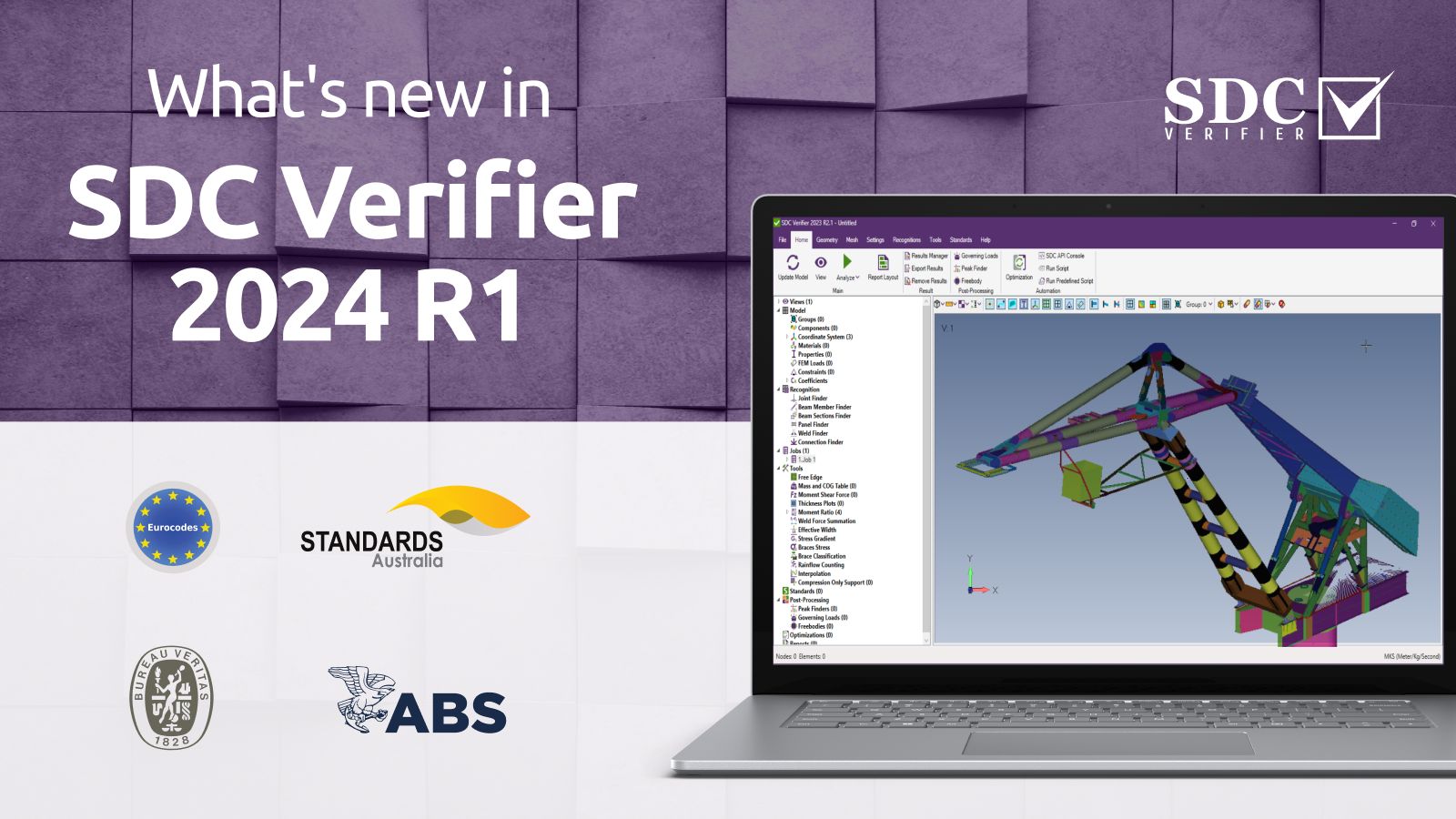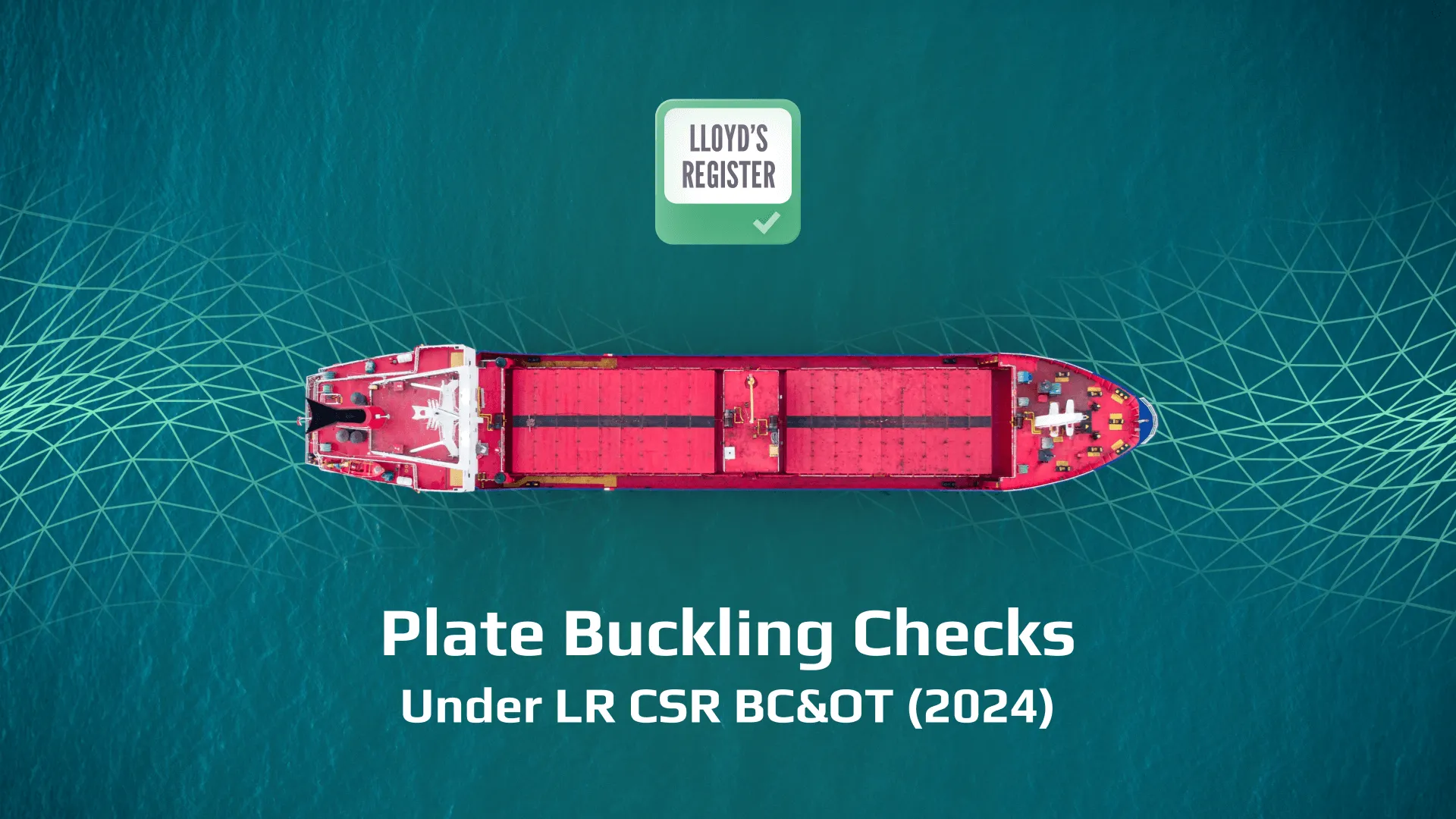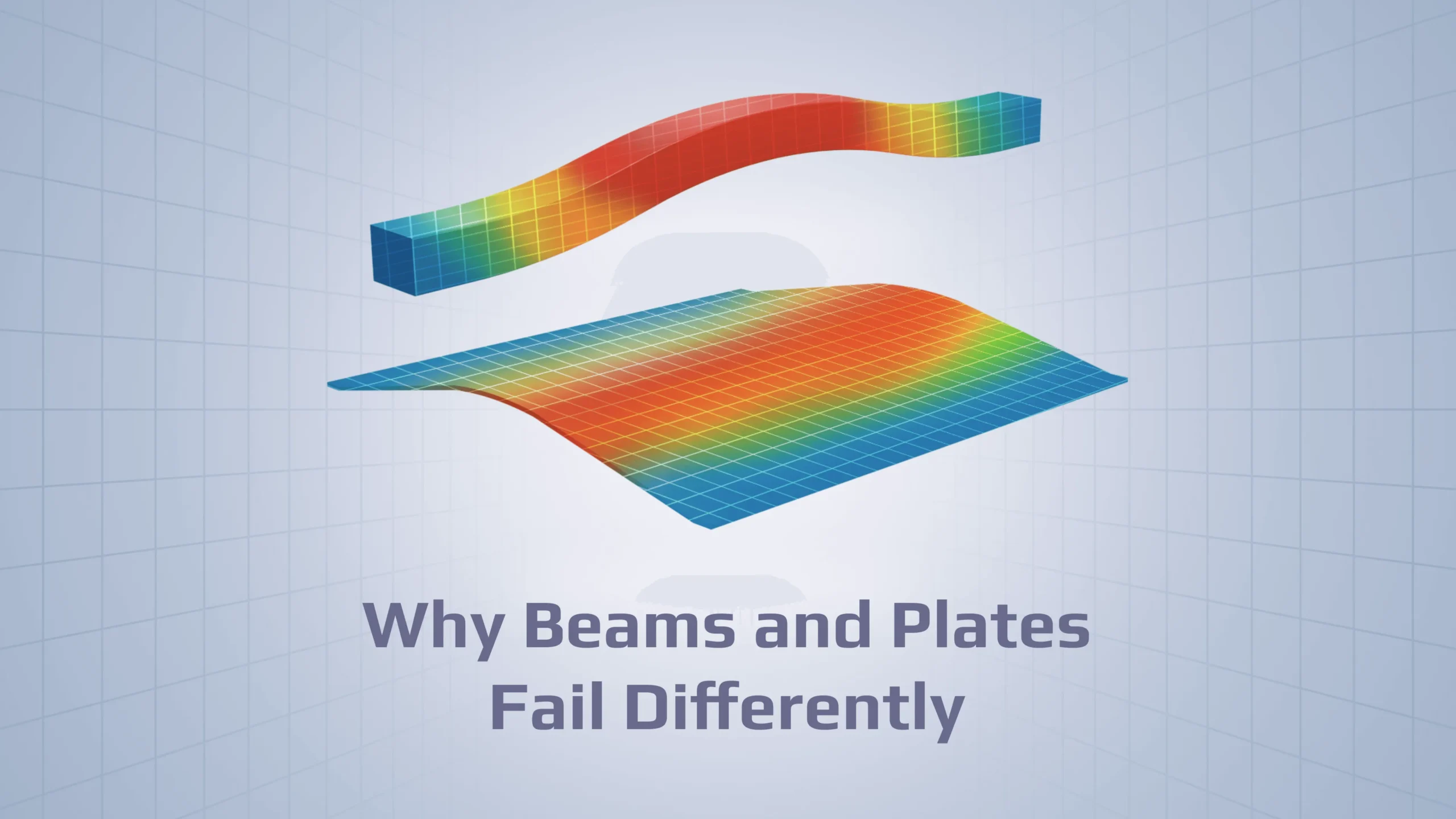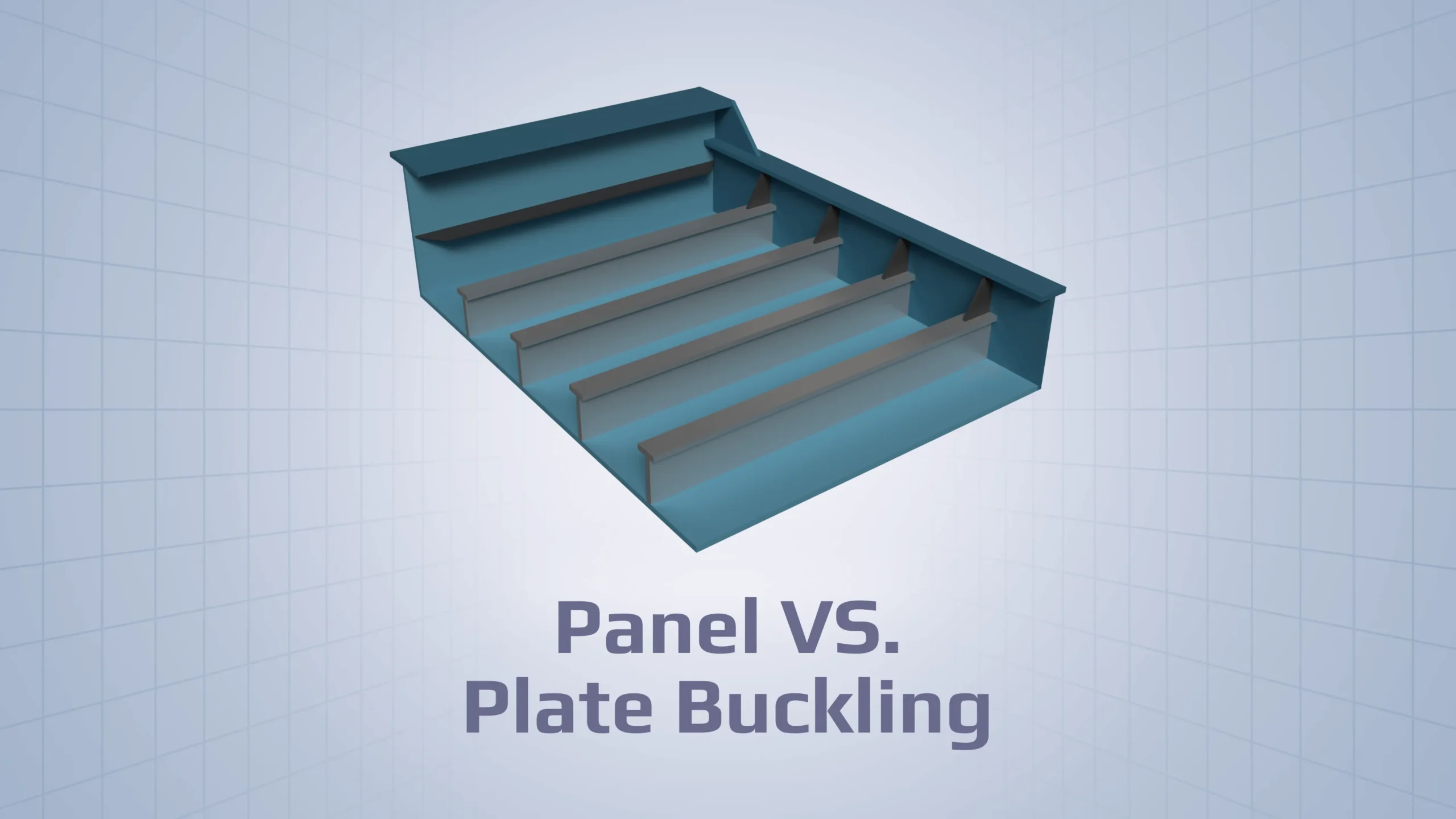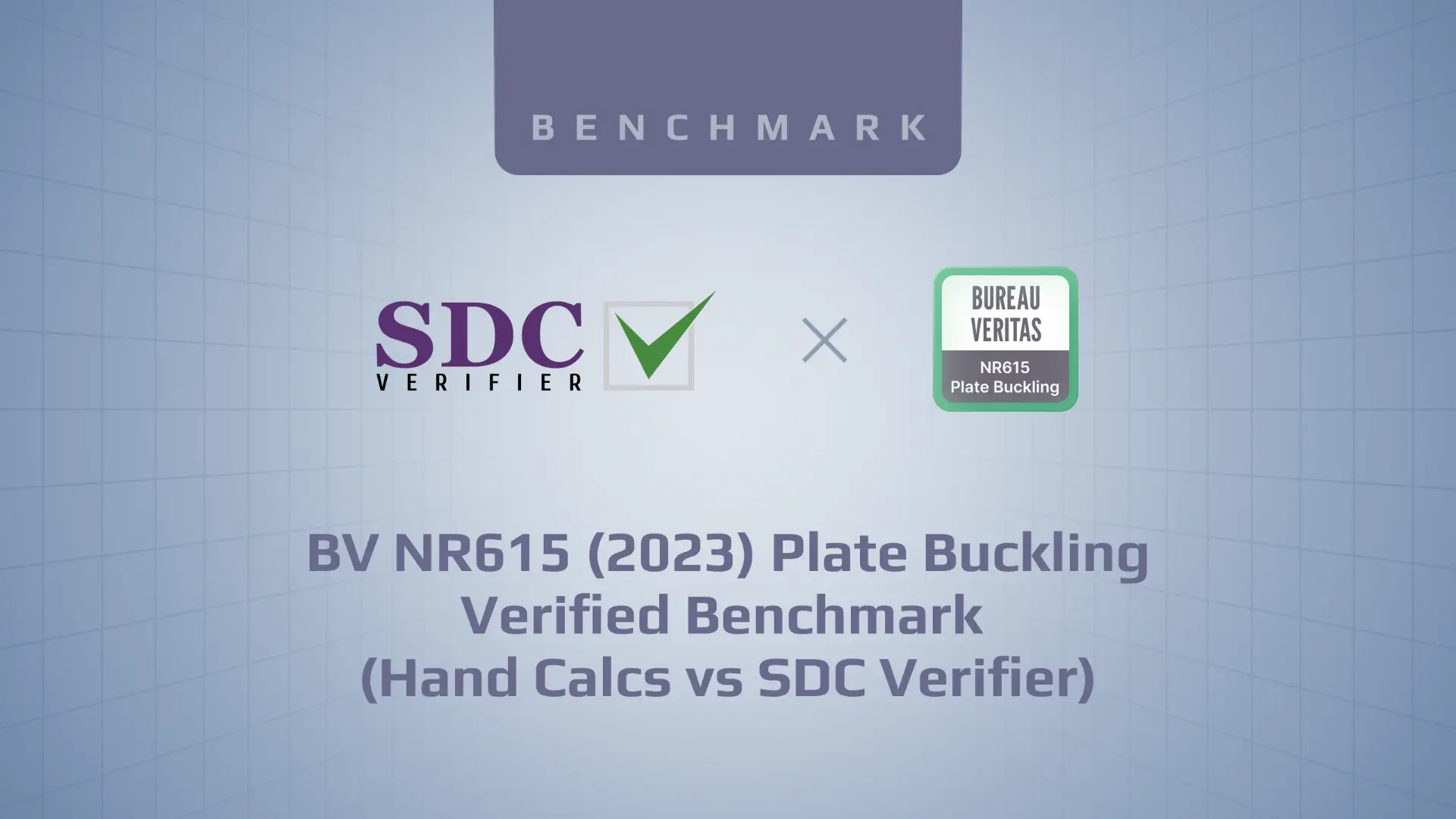SDC Verifier 2025 R1.1: New Standards & Smoother Workflows
2025 R1.1 is an interim build that lands between the main 2025 R1 and the future 2025 R2 releases. Its brief is clear: extend coverage, remove manual weld work‑arounds, and cut setup time.
Four standards join the library — BS 7608 (2014) for fatigue, two DNVGL offshore documents, and updated DNV OS‑C101 LRFD/WSD (2024) weld strength rules — so compliance holes close immediately. Single‑fillet weld checks are now native across DNV LRFD/WSD and Eurocode 3. UI touches — load‑list filtering, αm auto‑calculation for AS 4100, wind/snow area read‑outs — shave minutes from every model.
New Standards Added (What They Cover and Who They Help)
BS 7608:2014 – Fatigue Design for Steel Structures
This standard provides a practical framework for assessing fatigue life in welded and non-welded steel structures.
- Uses yield and tensile strength of materials as part of the evaluation.
- SN-curve classification defines fatigue behavior depending on weld orientation and detail category.
- Predefined environments (e.g., air) are supported for setup consistency.
Applicable for: Projects in the UK or under British client requirements, both offshore and onshore.
DNVGL-ST-0126 (2016) – Offshore Structures Guide
This is not a standalone standard. It organizes reference to other recognized codes and methods already in the software.
- Covers buckling, tubular joints, plate structures, and fatigue across multiple standards (Eurocode, ISO, NORSOK, etc.).
- Primarily used to document alignment with formal design requirements.
Applicable for: Engineers delivering offshore documentation packages that must cite DNVGL-ST-0126 for compliance transparency.
DNV OS-C101 Weld Strength (2024) – LRFD and WSD Methods
This update replaces the 2011 version and splits the implementation into two methods: LRFD and WSD.
- Adds support for single fillet welds and eccentricity effects in throat stress calculations.
- Material-dependent checks use defined yield and tensile values to compute permissible stresses.
- Stress and geometry are evaluated at multiple points along the weld.
Applicable for: Offshore units designed under updated DNV OS-C101 requirements (July 2024) and subject to weld-specific verification.
Refinements to Existing Standards
Single Fillet Welds Now Fully Supported
Until now, checking single-sided welds meant adjusting input manually—typically by halving the weld thickness. This was a workaround, not a solution.
Support for single fillet welds is now implemented natively in:
- DNV OS-C101-LRFD Weld Strength (2011)
- DNV OS-C101-WSD Weld Strength (2011)
- Eurocode 3 Welds (EN 1993-1-8, 2005)
The update applies weld-specific formulas directly and accounts for bending moment due to eccentricity if defined. No manual edits are needed; results are now reliable and consistent with the standard.
AS 4100 (2020): αₘ Calculation Added
Clause 5.6.1.1(a)(iii) defines how to calculate the moment modification factor αₘ for member design. Previously unavailable, it’s now built into the Moment Ratio Tool.
This saves time when validating Australian steel structures and removes the need for external calculations. Values are clearly displayed and traceable, supporting verification and reporting.
Better UX for Engineers
Several small but practical improvements have been made to reduce friction during modeling and post-processing:
-
Load Set/Group Filtering Large projects often involve dozens of load cases. You can now filter loads when creating or editing Load Sets and Groups. This helps avoid scrolling through long lists to find what you need.
-
Wind/Snow Area Display The info table now includes both the total applied and projected areas for wind and snow loads. This provides a quick check on whether the load setup reflects the intended geometry.
-
New Geometry Creation Commands Added options to create lines using existing points, nodes, or elements. This speeds up geometry editing when refining local regions or building custom connections.
-
Meshing Toolbox Input Fixes Text entry in the Meshing Toolbox is now functional again. Previously, input fields were unresponsive after certain actions, slowing down setup.
-
Keyboard Shortcuts Restored Shortcut keys now work reliably after closing dialog windows. This resolves previous conflicts that interrupted workflow when switching tools.
Bug Fixes
These updates address issues that directly impacted result accuracy and reporting clarity. Here’s what was fixed — and why it matters:
✅ Missing Load.Sf Multiplier in DNV CG-0128 and IACS UR S35
What it means for you: Utilization values are now calculated with the correct safety factor. No more underreported or misleading results due to an omitted multiplier.
✅ Fatigue Damage Calculation in DNV RP-C203 Corrected
What it means for you: Previously, the Fatigue Damage Summed parameter used an invalid cycle ratio, leading to incorrect outputs. The calculation now follows the intended logic, especially when combining multiple load cases.
✅ Zero Results Display Bug Fixed
What it means for you: Some load cases appeared to return no results on second load — even when data existed. Now resolved. If results are missing, it’s due to the model, not the interface.
✅ Improved Recognition of Plates and Connections
What it means for you: Plates with beam stiffeners and non-tubular connections with mixed element orientations are now identified correctly. This reduces manual cleanup and ensures that connections are captured as designed.
✅ Incorrect Units in Tables and Plots Fixed (e.g., GP Force, X Moment)
What it means for you: Units are now consistent across tables, plots, and reports. Engineers no longer need to double-check if values were plotted in the wrong unit system — which previously caused confusion during reviews.
Each of these changes reduces the risk of drawing incorrect conclusions from model output — especially in validation or certification workflows.
Why This Update Matters for Real-World Projects
This release addresses several issues that have a direct impact on how projects are executed, documented, and verified — especially in offshore and fatigue-sensitive applications.
-
Weld and fatigue standards updated for current specs Support for BS 7608:2014 and DNV OS-C101 (2024) reflects what classification societies and clients are asking for today. Including single fillet welds and eccentricity effects means engineers can now apply these checks without relying on manual adjustments or assumptions.
-
Cleaner workflows during certification Load filtering, improved plotting, and clearer area displays reduce noise during model preparation and reporting. These are time-saving changes for teams working under submission deadlines.
-
Fewer silent failures Bugs like zero-value plots, missing multipliers, or incorrect units introduced doubt into results and often went unnoticed until late. These have been fixed. Engineers no longer need to question whether a strange output is caused by the model or the software.
-
Less time patching, more time verifying The update removes the need for workarounds that used to be required for common checks — especially around welds and fatigue damage. This allows teams to focus on evaluating results and meeting code requirements instead of troubleshooting tool behavior.
In short: this is a stability and standards release. It doesn’t add flashy features — it makes sure what’s already in place works the way it should for practical project execution.
Get Started
Download 2025 R1.1 Log in to the customer portal, open Downloads → SDC Verifier, and pick 2025 R1.1 for your package. The installer upgrades any 2025 R1 build; licences stay valid.
Need help?
- Email support@sdcverifier.com with project files or error logs.
- Contact your reseller for local language assistance and licence queries.
